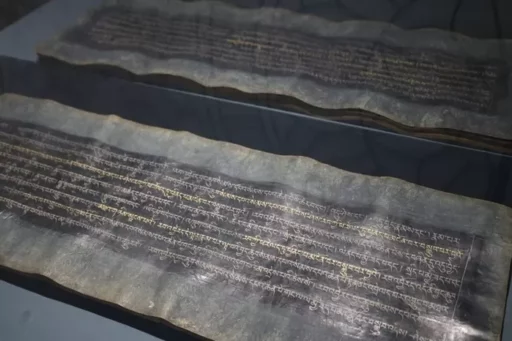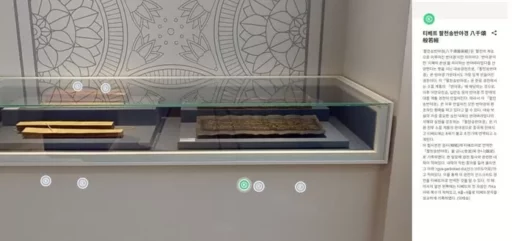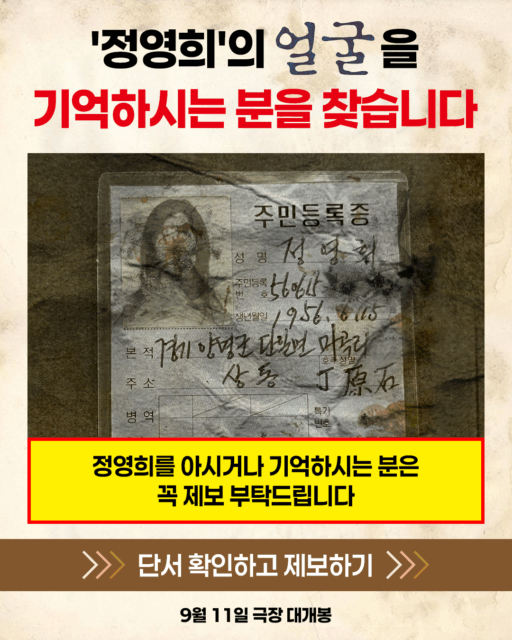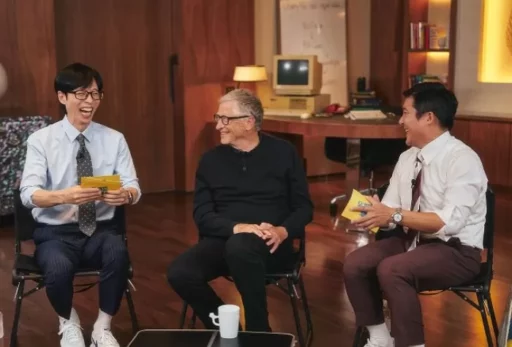National Museum Exhibits Items Upside Down, Discovered by 'Language Enthusiast' Visitor
It was revealed by a visitor that the Tibetan Eight Thousand Songs of Prajnaparamita, on display at the National Museum of World Writing, was exhibited upside down.
On the 20th, Yonhap News TV reported that a visitor posted a photo on their social media stating, "The Tibetan scripture paper is upside down."
According to the report, the visitor introduced themselves in their social media bio as a 'language enthusiast.'

The Tibetan Eight Thousand Songs of Prajnaparamita is a Buddhist scripture consisting of eight thousand songs written in Tibetan characters and is one of the main exhibits at the National Museum of World Writing, located in Songdo, Incheon.
After realizing this issue, the museum announced that they corrected the positioning of the exhibit before opening on the 20th.
Mistake Occurred During Exhibit Management Process
A representative from the National Museum of World Writing explained in a call with Yonhap News TV, "Immediately after we recognized the issue, we corrected the position of the exhibit," adding, "Since the positions of the exhibits are changed frequently, we cannot accurately determine how long it has been upside down." They also mentioned, "For paper-type exhibits, we periodically change the display to check preservation conditions and manage the artifacts."
Interestingly, the National Museum of World Writing opened in 2023, and it has been confirmed in visitor photos from that time that the Eight Thousand Songs of Prajnaparamita was already in an upside-down state. This suggests that the exhibit may have been displayed incorrectly for a considerable period.

As the issue gained media attention, the museum released an official apology through social media.
The museum stated, "It has been confirmed that there was a mistake made by the person in charge during the exchange process," assuring, "We will be more cautious and thorough in our exhibit management and inspection procedures to prevent such occurrences in the future."
Image source: National Museum of World Writing


